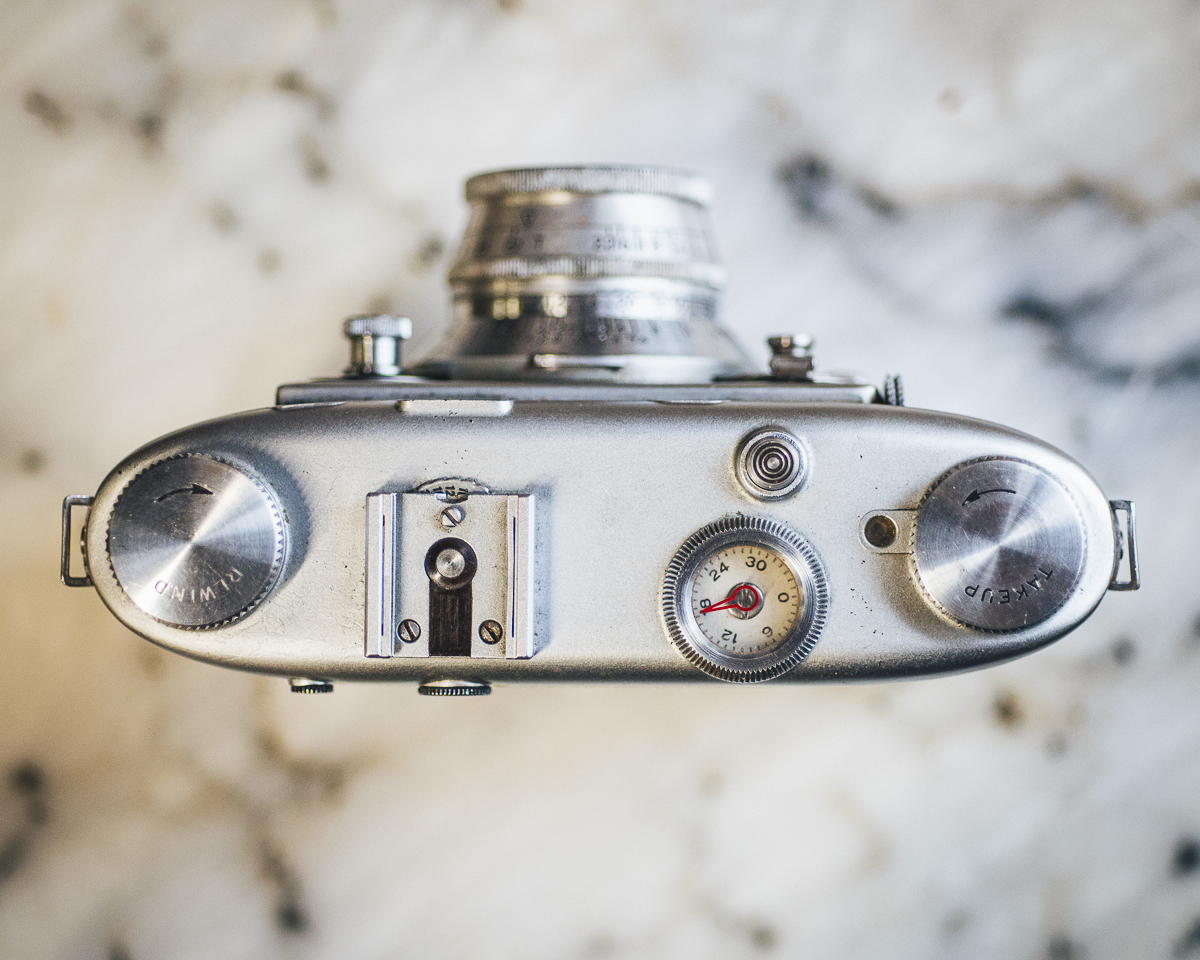Since moving back to Chicago from New Orleans four years ago, I have accumulated a ton of photographic crap. To get rid of some of it, I got a few tables at the local "Photorama" camera show to unload some of my gear that was going unused. I managed to sell off a decent amount of stuff, and also came home with a few new toys. One of those toys was a Nikon FA that I bought for a great price from a fellow vendor named David Granroth, who runs a camera repair service out of Detroit called "Light Box Services." The FA is one of the few Nikon SLR's I had previously never used, so I was curious to try one out!
With the grip attached, the FA is one of the most comfortable 35mm SLR's I've ever used. The slightly oversized film advance lever and silky smooth shutter release combine to make creating exposures a pleasurable experience. The shutter is electronic, with selectable speeds ranging from 1 sec - 1/4000. Without batteries the camera is able to fire at 1/250 (also the max flash sync speed) and bulb. The camera features four (!) exposure modes that are selectable via a small switch beneath the shutter dial: Manual, Aperture Priority, Shutter Priority, and Program. All of these modes work well; the only awkwardness is making sure the lens aperture is at its smallest setting in Shutter Priority or Program mode, or else it wont work properly.
The FA's meter has a small LCD readout in the top left of the viewfinder, very similar to an F3. I dislike this simple LCD, and much prefer the detailed needle readout of the FE camera, or even the diode system of the FM. In Aperture Priority and Shutter Priority the LCD works fine, as it will read out the speed or opening that the camera wants to use based on the amount of light in the scene. In manual exposure mode, however, all you get is a rudimentary "+" or "-" indicating over or under exposure. Unlike with a needle or diode system, you don't know how many stops off you are, which is annoying. It feels to me like Nikon just assumed people would use the fancy auto modes, and left manual exposures in as an afterthought.
Like all respectable cameras, the FA has a multiple exposure mode-- just pull a small lever as you cock the shutter to avoid advancing the film.
I shot a roll of Kodak Ektar 100 with my FA. Before this roll, I had not used color film since 2017! While a fun novelty, I think I'll stick with black and white for the foreseeable future. I just don't care for the look of color film, and personally prefer digital for color work. Each image was made with a 50mm f/1.8 series E lens, which pairs perfectly with the FA. For some indoor exposures I utilized a Vivitar 283 flash. Enjoy!



















































